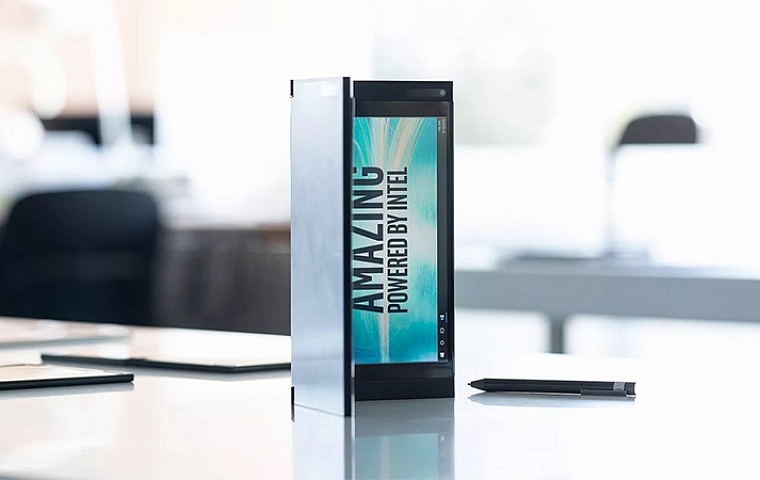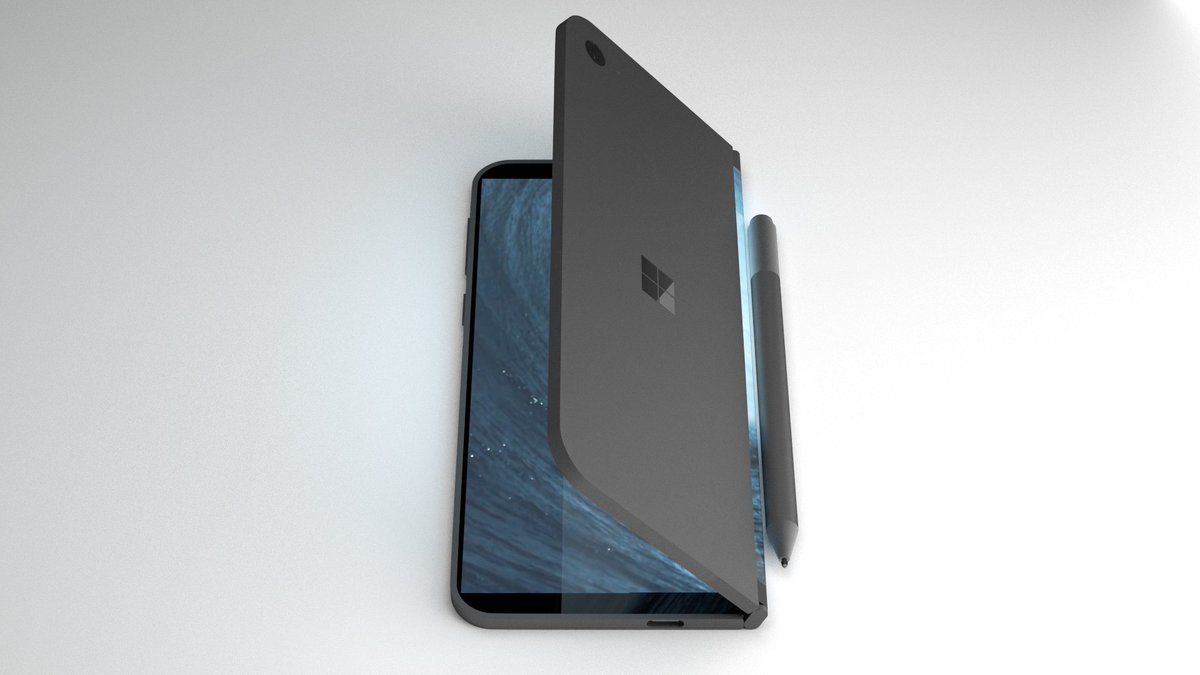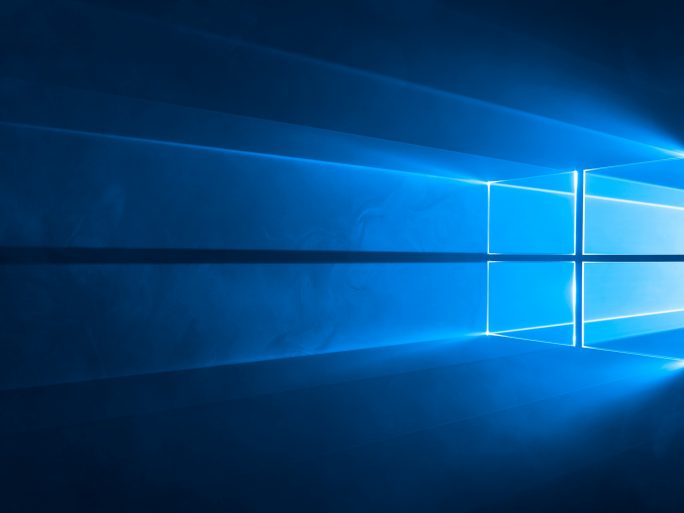Microsoft may be planning an Android-compatible, dual-screen Surface device for early next year, according to market research firm IHS Markit.
The device could have two 9-inch screens with a 4:3 aspect ratio and could run Android apps in Windows 10, IHS Markit told Forbes, citing supply chain information.
The firm didn’t indicate whether the device would run apps from the Google Play app store, from a Microsoft-controlled Android store, or directly from the Microsoft Store.
The device could arrive on the market as early as the first quarter or the first half of next year, the company said.

Dual-screen device
Its comments follow reports earlier this month that Microsoft demonstrated a dual-screen Surface device code-named “Centaurus” at an internal staff meeting.
Surface is Microsoft’s own-brand line of portable devices, first introduced in 2012, with all but the first generation using Intel chips and being compatible with Windows 10.
Microsoft earlier supported a tool for running Android apps on Windows 10, but dropped support for it in 2016.
IHS Markit said the upcoming device would use a new version of Windows 10 that separates the shell, or user interface, from the core operating system in order to more easily support a range of form factors.
Such a “Windows Core OS” operating system has been rumoured for some time, with a tester reporting related features cropping up in a recent test build of Windows 10.

‘Lakefield’ chip
The device may run on Intel’s 10-nanometre system-on-a-chip Lakefield, IHS Markit said, adding that it would also support Apple’s iCloud and have support for LTE or 5G always-on functionality.
The rumours follow the launch by Samsung, Huawei and others of folding-screen devices.
However, Microsoft’s prototype reportedly has two separate screens, rather than a single flexible display, and is larger than Samsung’s Galaxy Fold and Huawei’s Mate X, both of which are phone-sized.
Samsung said last week that “most” of the Galaxy Fold’s screen problems had been fixed and that the device was almost ready for launch, following earlier delays.
Microsoft is said to have built prototypes for a dual-screen folding phone code-named “Andromeda”, but never launched the device, discontinuing those plans in favour of “Centaurus”.





